ESA - Observing the Earth News
| The European Space Agency (ESA) is Europe’s gateway to space. Its mission is to shape the development of Europe’s space capability and ensure that investment in space continues to deliver benefits to the citizens of Europe and the world. | |||||||||||||||||
|








 Feed
Feed Scan with QR Code Reader
Scan with QR Code Reader mobi
mobi





 Image:
The Copernicus Sentinel-2 mission brings us this cloud-free view of Svalbard, a remote Norwegian archipelago in the Arctic Ocean.
Image:
The Copernicus Sentinel-2 mission brings us this cloud-free view of Svalbard, a remote Norwegian archipelago in the Arctic Ocean. 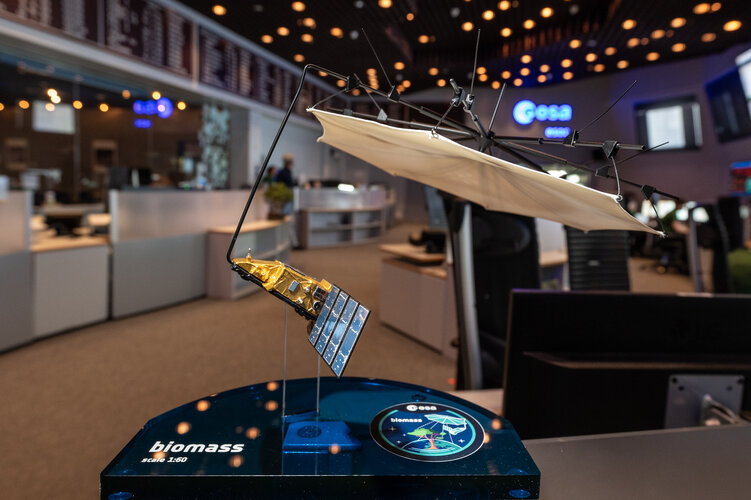
 Image:
Part of the Italian island of Sardinia is featured in this image captured by the Copernicus Sentinel-2 mission.
Image:
Part of the Italian island of Sardinia is featured in this image captured by the Copernicus Sentinel-2 mission. 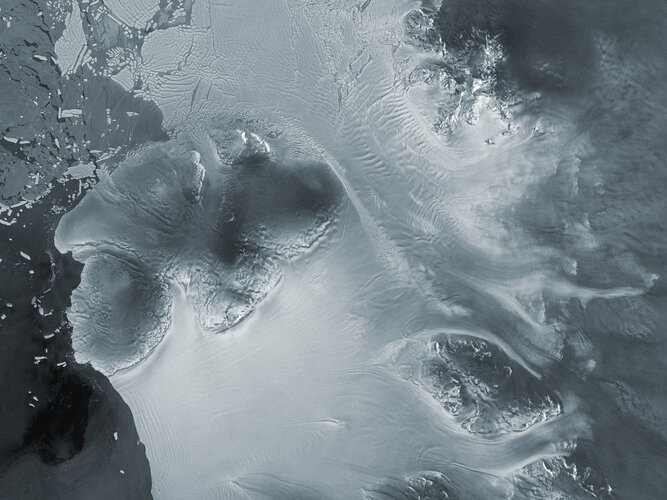



 Image:
The Ocean and Land Colour Instrument on Copernicus Sentinel-3 captured this image of Earth’s biggest iceberg, A23a, on 5 April 2025.
Image:
The Ocean and Land Colour Instrument on Copernicus Sentinel-3 captured this image of Earth’s biggest iceberg, A23a, on 5 April 2025. Video:
00:02:59
Video:
00:02:59
 Video:
01:54:04
Video:
01:54:04
 Video:
00:02:01
Video:
00:02:01
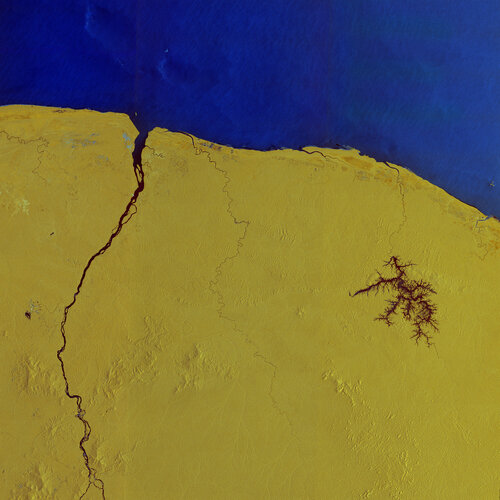 Image:
Copernicus Sentinel-1 captured this radar image over French Guiana – home to Europe’s Spaceport in Kourou, where ESA’s Biomass mission is being prepared for liftoff on 29 April onboard a Vega-C rocket.
Image:
Copernicus Sentinel-1 captured this radar image over French Guiana – home to Europe’s Spaceport in Kourou, where ESA’s Biomass mission is being prepared for liftoff on 29 April onboard a Vega-C rocket.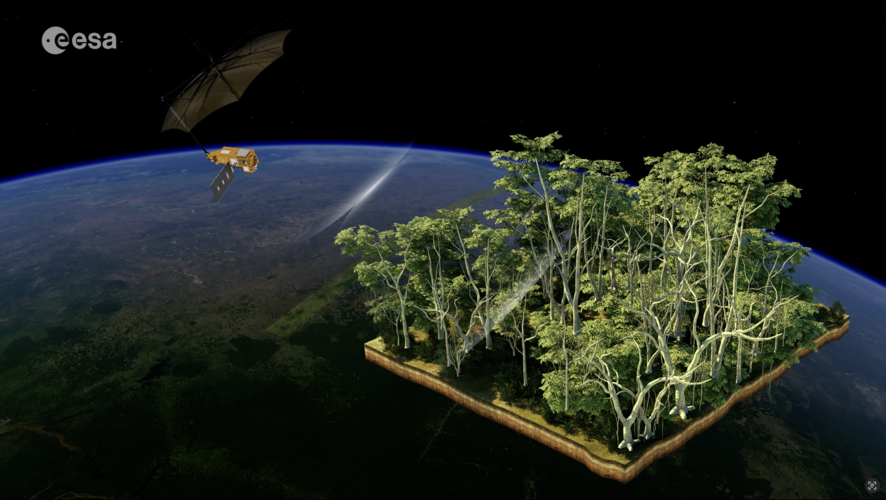 Video:
00:02:22
Video:
00:02:22
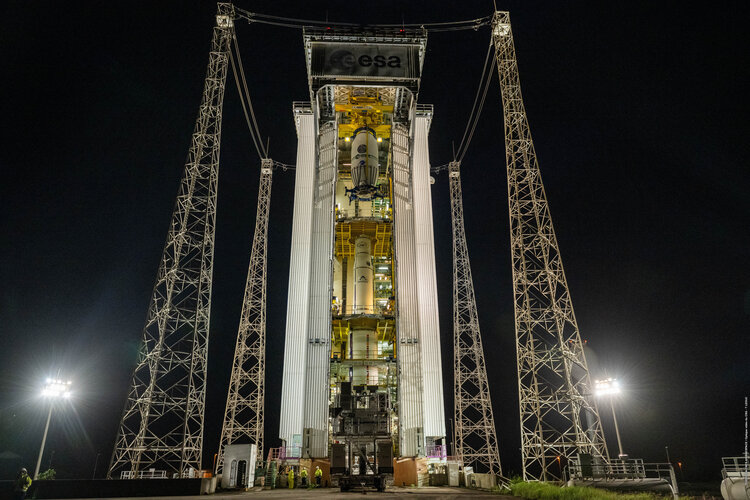 Image:
ESA’s Biomass satellite, encapsulated within a Vega-C rocket fairing, has been rolled out to the launch pad at Europe’s Spaceport in French Guiana ahead of liftoff, planned for 29 April at 11:15 CEST.
Image:
ESA’s Biomass satellite, encapsulated within a Vega-C rocket fairing, has been rolled out to the launch pad at Europe’s Spaceport in French Guiana ahead of liftoff, planned for 29 April at 11:15 CEST.